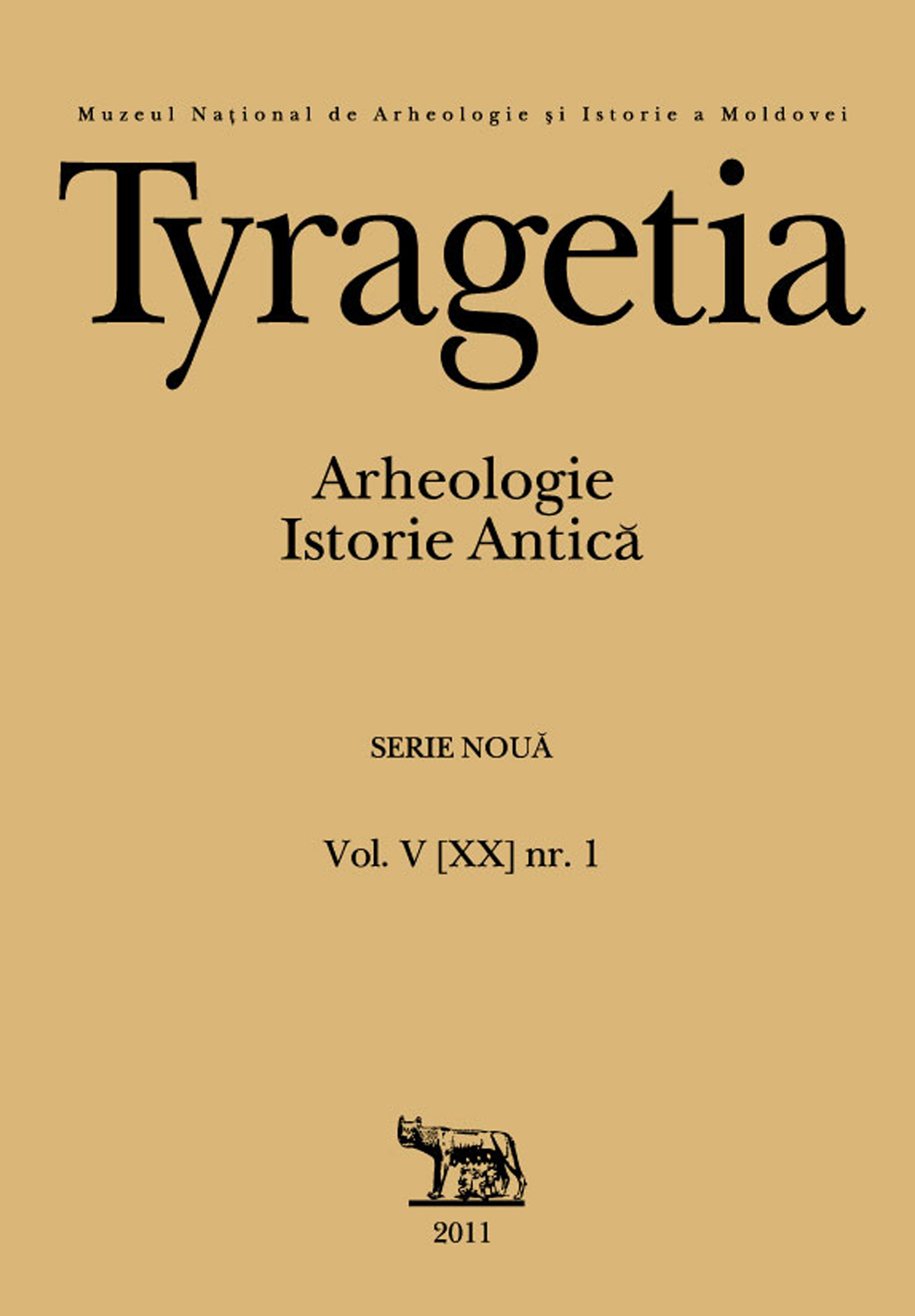„Gladius barbarico ritu humi figitur nudus". Schriftliches, Bildliches und Ethnologisches zur Bedeutung der Schwerter und der Schwertdeponierungen außerhalb des militärischen Verwendungsbereiches
„Gladius barbarico ritu humi figitur nudus". The contribution of written, iconographic and ethnological sources to the interpretation of swords and deposits of swords in extra-military sphere.
Author(s): Tudor SoroceanuSubject(s): Archaeology
Published by: Muzeul Naţional de Istorie a Moldovei
Keywords: bronze deposits; Bronze Age; ritual
Summary/Abstract: The study aims to research and valorize the resources that can contribute to understanding and interpretation of what prehistorians conventionally refer to "bronze deposits". As starting point was the finding that the extreme views that consider the deposits of having only a profane character (eg. A. Mozsolics, Chr. Huth), or being the expression of exclusive offerings to gods (B. Hänsel) do not find any historical and argumentative support in written sources and iconography, nor within the data provided by ethnology. Because of the wealth of information and importance of this category, we have focused in particular on sword in extra-military setting, trying to gather as complete as possible all sources of the European continent, but also from Asia Minor and part of the Middle East. Chronological limits are between the appearance of the sword in the Middle Bronze Age and about the end of the early Middle Ages. Unable to exaggeratedly present individual written sources, we decided to focus on direct approach on the various “interpretative layers”, with grouping of written, iconography and ethnological information according to their contents. Archaeological side was always kept as background of research. The main conclusion is that the interpretative itineraries cannot be narrow and one-sided. There is an extremely large specter of use for the sword outside the military purpose: sword worshiped as the deity itself; receiving a sword as a sign of special benevolence of the deities; swords in temples or other holy places; swords as instruments of worship and means of healing; swords as a symbol of justice; swords used in giving an oath or concluding an alliance; swords used in prophecies, and in the interpretation of dreams and magic; dance, acrobatics and ritual fights performed with the sword; taking property or marking with sword; swords and weapons lost; accidental element; cult degradation.
Journal: Tyragetia (Serie Nouă)
- Issue Year: V/2011
- Issue No: 1
- Page Range: 39-116
- Page Count: 78
- Language: German

